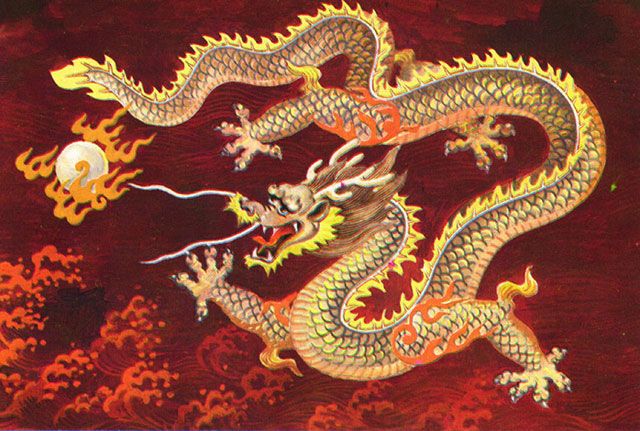Here is my introductory "five paragraph essay" for my Dun Kells campaign:
It is the dawn of the sixth age of the world and “Middle Earth” (Mitgaard) has now fallen to mere “earth” in almost all regions. The free and rational races continue their losing battle against the forces of Chaos while the church spreads its gospel of a universal Law not derived from earth but heaven. The “Eldar” have long since departed to the uttermost West and now only dark elves lurk in wooded glens dispersed in shadows, barely and listlessly maintaining a mere handful of far-flung woodland realms. The dwarves too now feel the urge to seek their promised slumber at the roots of the ancient mountains but some still wander, trade and maintain their hidden vaults. “Hobbits” now live by wits and in hiding.
The Forests of Dun Kells form a vast wilderness that separates the eastern and western kingdoms and grand duchies of Christendom. Dun Kells is situated somewhere in an imaginary and vast temperate continental European region. To the west the shattered and scattered lines that claim descent from Charles the Great maintain their Lawful estates of Christendom and the lonely isles of Logres maintain their memory of the long departed Once and Future King. Far to the east the various Slavic tribes have only recently adopted the new religion and its Law. Further east lie unknown mystical and barbarian lands. To the direct south lies much of the remains of the various empires that once ruled the great Middle Sea. Finally, to the north lies the mighty icy sea. Beyond that sea are lands of barbarian pirate-people, the “Northmen,” or Vikings with their neutral and chaotic gods.
The transformation from the fourth to fifth age of this world occurred with the calling of one man and the people-group he would sire to be the representatives of the Law of heaven on earth. In the wake of this election, all other men fell into the darkness of pagan ways. The clarity of this election blurred the once simple lines between a vague recognition of the great powers and the abuse of magic under the cult of darkness. So all religion fell under the thrall of evil, though with little real knowledge or power with genuine affect. In the wake of this transformation, the spawn of Mater Chaos increased on the face of earth, and an age of the monstrous began to rise. Great heroes held her spawn at bay, Nimrod, Hercules, Jason, Beowulf. But the safety of the world demanded the dawning of a new age.
In the darkest night of the fifth age, the sixth age was born when messengers from heaven proclaimed to the elect the birth on earth of the King of Heaven. This King would draw all nations to himself in a universal Law. All who swore allegiance became heralds of this good news. The spreading of this Dawn would follow the lines of these heralds – and at the time of this campaign, the world is still turning into this new Light. The shadow of the dark night of men slowly recedes wherever the good news of this Universal King’s reign is announced and accepted. In the wake of this great transformation, the free and rational races of the earth must choose how they will align themselves for the King’s Last Battle. Those who choose the King are Lawful. Those who decline the call may no longer remain “Neutral,” for the battle line has been drawn. They become the denizens of Chaos. In the face of the rise of the church, the King’s people on earth, the unholy ones – demons and undead – have risen up, increasing their powers through shear number in their vain attempt at a fighting chance at the Last Battle.
In this dawning age, kingdoms war to claim a single Empire of Law. Heroes establish wilderness realms to bring Law and civilization. Even lowly rabble take destiny in their own hands, reclaiming antiquities and gaining fame in dungeons deep and caverns old. Will you bring law and order out of chaos and loss, or at least die trying? “Fight on!”
The above forms the current "Introduction" to my legendaria companion document.
I have put out an invitation to some folks I trust to "get it," and hope to run the first campaign dungeon for first level characters this December! Fight on!




